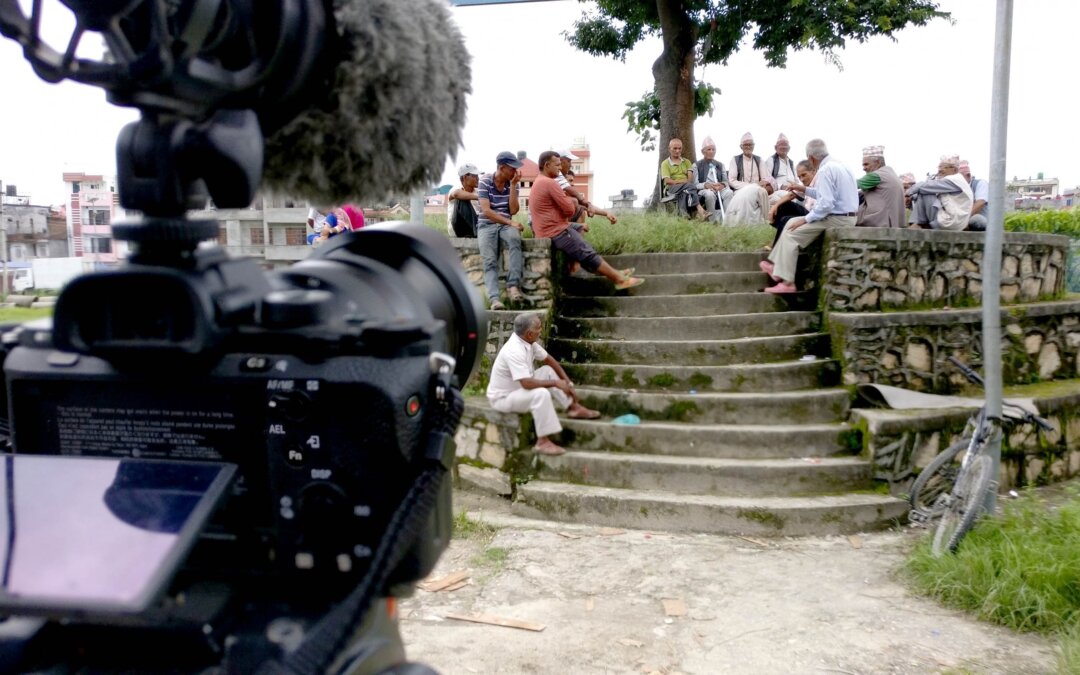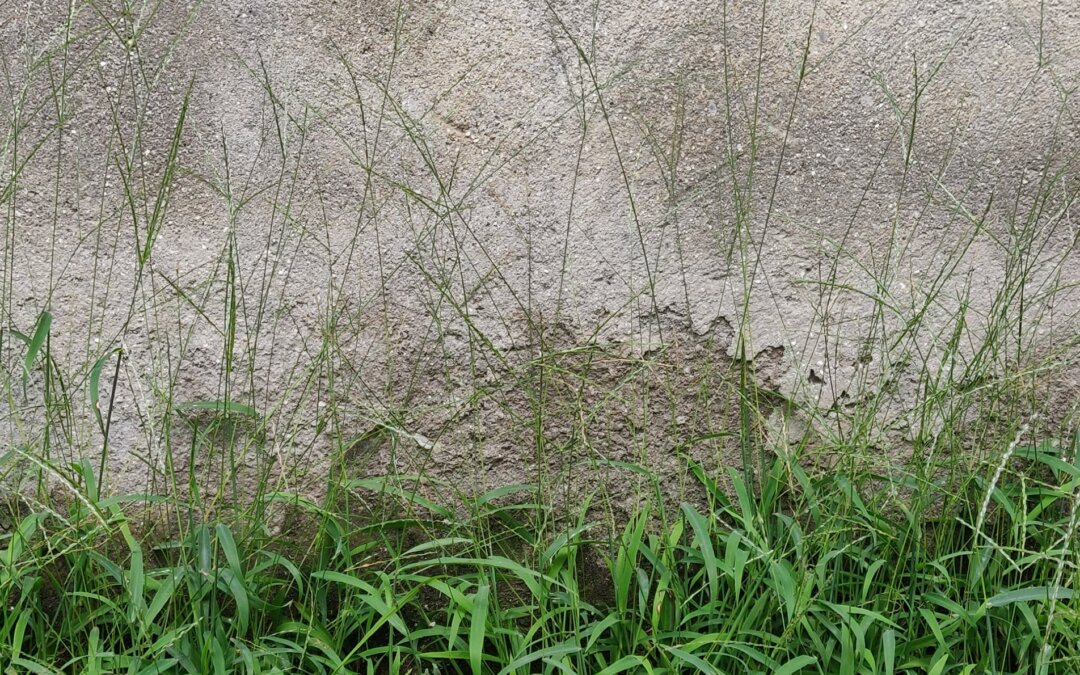Introduction Pocket parks, also known as mini-park or vest-pocket parks, are urban open spaces at a very small scale. Usually only a few house lots in size or smaller, pocket parks can be tucked into and scattered throughout the urban fabric where they serve the immediately local population. One of the unique and exciting characteristics of pocket parks is that they may be created out of vacant lots or otherwise forgotten spaces. Many pocket parks are the result of community groups, private entities, or foundations reclaiming these spaces for the benefit of the local neighborhood.
The concept of pocket park emerged from the need to improve the quality of urban life in the aspect of accessibility of public spaces, including green areas. It is related mainly to big cities, where the problem of insufficient green areas or recreational spaces that would serve local communities, is most acutely felt, particularly in city centers. Due to dense development in such cities, it is difficult to find an undeveloped plot of land that could become a new public space. The problem was recognized in the United States of North America in the 50s and 60s of the 20th century. The Internet website of The Rev. Linnette C. Williamson Memorial Park Association1 contains information on the urban unrest in the USA in the early 1960s, which led officials of different administration levels to focus attention on living conditions in America’s inner cities. Congressman John Lindsay’s mayoral campaign in early 1965 was symptomatic of this new interest, and it was during this campaign that his associate Thomas P. F. Hoving called for the creation of open space and green areas as small as one building lot.
Initiation: In February 2019, we developed the idea of a pocket park with the mayor of Lalitpur and visited the site with his personal assistant. The mayor took necessary action to retrieve this plot that was grabbed encroached for many years by an individual. The debris remained scattered for several months even after the demolition of the structure. At the beginning phase, the work plan started with interns and civil engineers for a site survey to design multiple concepts appropriate for this small piece of land. The first conceptual design was presented. As per the information, there was a possibility of road expansion which led to a reduction of total land area. Therefore, we had to change the design. With the help of the official land surveyor of Lalitpur Metropolitan, the team confirmed a safe area to work and a new idea was presented to the mayor, various stakeholders and the community. In September 2019 we were able to sign a Memorandum of Understanding (MOU) to create a pocket park in Pulchowk. We moved along with the process solely on our will and some kind hearts who voluntarily invest their time, technical contributions, and resources. Indeed, such passionate people have been our only and the most exemplary asset and have made us successful by completing a public park within just 6 months of the formation of VRIKSHA foundation. It is believed that by promoting good practices and given the right environment things would change progressively. Site Inspection: Since July 2019 we constantly visited the site with AFA team(A for Architecture) urban designers and other architects to plan the potential transformation of these public lands. Collective Intelligence Workshop: On 3rd December 2019, we organized a collective intelligence workshop for the officials of Lalitpur Metropolitan City, officials of Ward-4 of LMC, community, private sectors, and relevant stakeholders to interact with and tap into the experiences and future solutions for the sustainability of the project. The Vriksha Foundation supported bringing all the stakeholders together for the event. Design Preparation and Estimation of the park: On 11th December 2019, Vriksha coordinated the Architects’s land surveyor of Lalitpur metropolitan city, the Contractor, and the urban planner for the site demarcation. CSM construction and the land surveyor did the surveying and specification according to the design provided by the Architects. After the finalization of the design and estimation, the implementation of creating a green pocket park was initiated.
Pocket park construction:
On December 20, the team started the work of site clearance and demarcations. In the process of leveling the ground, the foundation was created primarily using stones to make retaining walls. Meanwhile, the man who had previously encroached on this land expressed his discontent and arguments that delayed the construction process and it got settled in 2 days. The work continued by alleviating the slope to connect the 4 feet level difference of the site. A low brick wall is used to define the area of the park and mainly to block the cluttered area next to it. A square and rectangle flagstone is placed in subtle differences of elevation to permit informal seating areas in different gradients. Similarly, the use of contrasting stone paving continues within a total of 800 square feet enhances the urbanscape.
The entrance has been kept open from both sides of the road emphasizing the path and safety surveillance of the park. The seating variations are comprised of trees that allow people to sit and enjoy the canopy in the summer while other seating can be nice for winter. As the site is quantitatively very small, most of its surface had to be hards-caped so that the park can accommodate fair numbers of users. The contrasting flagstones are set on the ground with random gaps for the rainwater to find its natural course.
In the beginning, people doubted, how can a small piece of land turn into a pocket park to provide such a rich experience? Through talking to local people we uncovered the history of the site which used to be a path. The project sculpted a meandering path allowing the visitors to experience the reclamation of the site. It provides an environmental buffer corresponding and contrasts to the harshness of the built-up commercial area that offers new opportunities for encounters, hangouts, and in everyday life.
Amid a lot of vehicular movements in the adjacent street, it offers active and passive amenities to the urban dwellers. There is a peaceful encounter, people are passing by and yet you can sit here and have your own space. A small pocket park breathes hope in between the dense concretes sending a message that with an innovative approach, and a modest budget we can create green spaces whilst practicing environmentally and socially responsible work.
Green elements are carefully evaluated and integrated into the design. Different kinds of hardy and scented plants, herbs, ferns, perennial plants, and grasses are planted in the mounds max up to 4 feet high that’s cut in between the stones walls. We transplanted trees to this region including Ficus Benjamin, and native cherry. In the due course, moss and ferns can be found in the stones which anchor itself in rock ledges where it grows. It adds age and calmness to the place stitching the urban and the natural. We consulted with eminent botanist Dr Tirtha bahadur Shrestha to create locally-viable solutions for urban parks.
The “Design Charrette” for discussion on the ongoing green pockets parks was held at the studio of Sustainable Mountain Architecture (SMA) Nepal. 44 people involving Architects, interns, professors, and environmentalists, urban planners, joined the event to discuss the notion of sustainable design of open space for the public. Ar. Prajal Pradhan presented the visualizations for this pocket park in Pulchowk acknowledging the changes on site.
After the completion phase:
The constructed park will create a good environment where people can relax here after shopping and also the elderly can have a rest and chat. This park is likely to increase positive messages and promote physical and mental well-being. Being in green spaces can help individuals recover from mental fatigue better than in other environments. It can be beneficial to the people visiting the hospital located in front of the park. It can create small habitats for birds, bees, insects, and a natural sink for many kinds of air pollutants.
To ensure the sustainability of this pocket Vriksha foundation will facilitate the support of the maintenance of the park for at least two years to ensure a smooth transition to the community ownership. The maintenance grant will be used to fund a part-time gardener who will take care of the overall wellbeing of the park. In this duration, we will continuously coordinate to shift the ownership of the park to the community and make the park an institutionalized component of Lalitpur Metropolitan City.
Challenges: During the entire process of activities listed above, there were certain challenges which were faced by the project as a whole
- Obstacles to implementing the idea of the park due to the discontentedness of the person who had encroached the land.
- The weather condition delayed the work for an extra two days
- Some changes had to be made onsite.
- Over the past months, we have had multiple layers of interaction with the local community members and institutions. All parties involved in such projects need to exercise more on activating community participation, enthusiasm, and feeling of ownership.
A more detailed study of the available spaces should be done beforehand, most preferably by the Local Government itself.
- The good part about challenges is, they come with the lesson learned and tips for future projects to be implemented.


